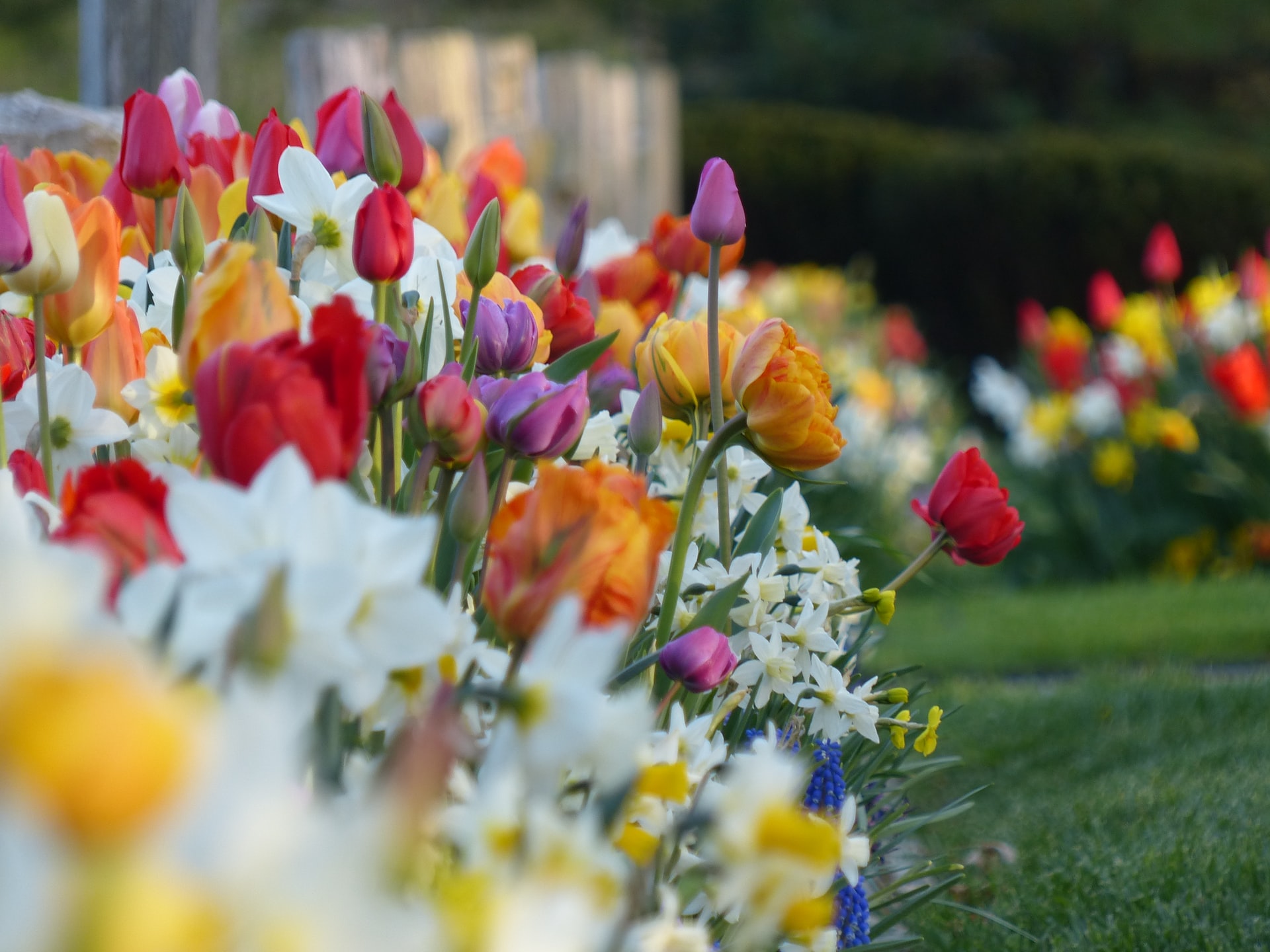Not only do plants and flowers help decorate, but also to enliven and bring to life every corner of the house. Do you want to enhance your home’s decor with daffodils, but you have no idea how to take care of this beautiful flower? Here are some tips that could help you!
What Are Daffodils?
Daffodils are bulbous plants that bloom at the end of winter. They are like trumpet-shaped flowers, mainly yellow, although there are also white and orange species.
Daffodil Cultivation
Cultivation takes place by planting the bulbs in autumn. Once the new leaves start to root and come out, the flowers come out after a while.
1) Choose the Right Place to Plant
Choose a site in full sun or half shade to plant. Most daffodils tolerate a wide range of soils but grow best in moderately fertile, well-drained, and moist soils during the growing season. Many popular daffodils prefer neutral soils to acidic soils, but some prefer slightly alkaline soils, so please make sure to have the appropriate information before starting.
Most daffodils will remain best if planted at a depth equal to at least three times their height. This is 6 to 8 inches deep for large bulbs, 3 to 6 inches for medium-sized bulbs, and 2 to 3 inches for 1-inch diameter or smaller bulbs. The soil pressure helps to prevent the bulb from breaking too quickly.

2) Temperature and Light
Taking care of daffodils to keep them in bloom for an extended period is simple. First, make sure to select large daffodil bulbs that have not been dried out. Place the plant in a cool place where they wouldn’t suffer from too much sun exposure.
3) Watering Daffodils
How often should we water the daffodils? Daffodils require a lot of water, especially during the growing phase. However, be careful not to flood the flower with water since they can accumulate moisture quite quickly. Therefore, for proper care of the daffodil, once the flower is dried, reduce the frequency of watering.

4) Allow the Plants to Grow
Let the plants grow in spring until they die. After flowering, they need time to store energy in the bulbs for the next year. You can then remove the dead plants by cutting the base or twisting the leaves while pulling them lightly. When the daffodils have wilted, add bone meal (an organic fertilizer used for plants) to the soil for next year’s flowering.
5) Beware of Winter
Although the direct sun is an enemy of the daffodil, this does not mean that it is completely fine in the cold. Just as you have to be careful with the sun and the summer, you also need to be cautious with the cold and the winter. This is mainly due to the dreaded frost, a meteorological phenomenon where temperatures are so low that the water freezes. These phenomena usually happen early in the morning, where the temperature is very low. What you have to do to prevent the ice from freezing them is to protect the plants as much as possible from the cold. For example, you can keep them in a pot if you have them in a garden or set up a kind of greenhouse to protect them against this phenomenon. Whatever it is, try not to let the flowers freeze because if this happens, the plant will die.

It is also advisable to wear gloves while working with plants. The gloves will prevent you from accidentally ingesting the sap or parts of the plant. That being said, growing daffodils can be fun! What do you think? Share your thoughts with us in the comments below!


